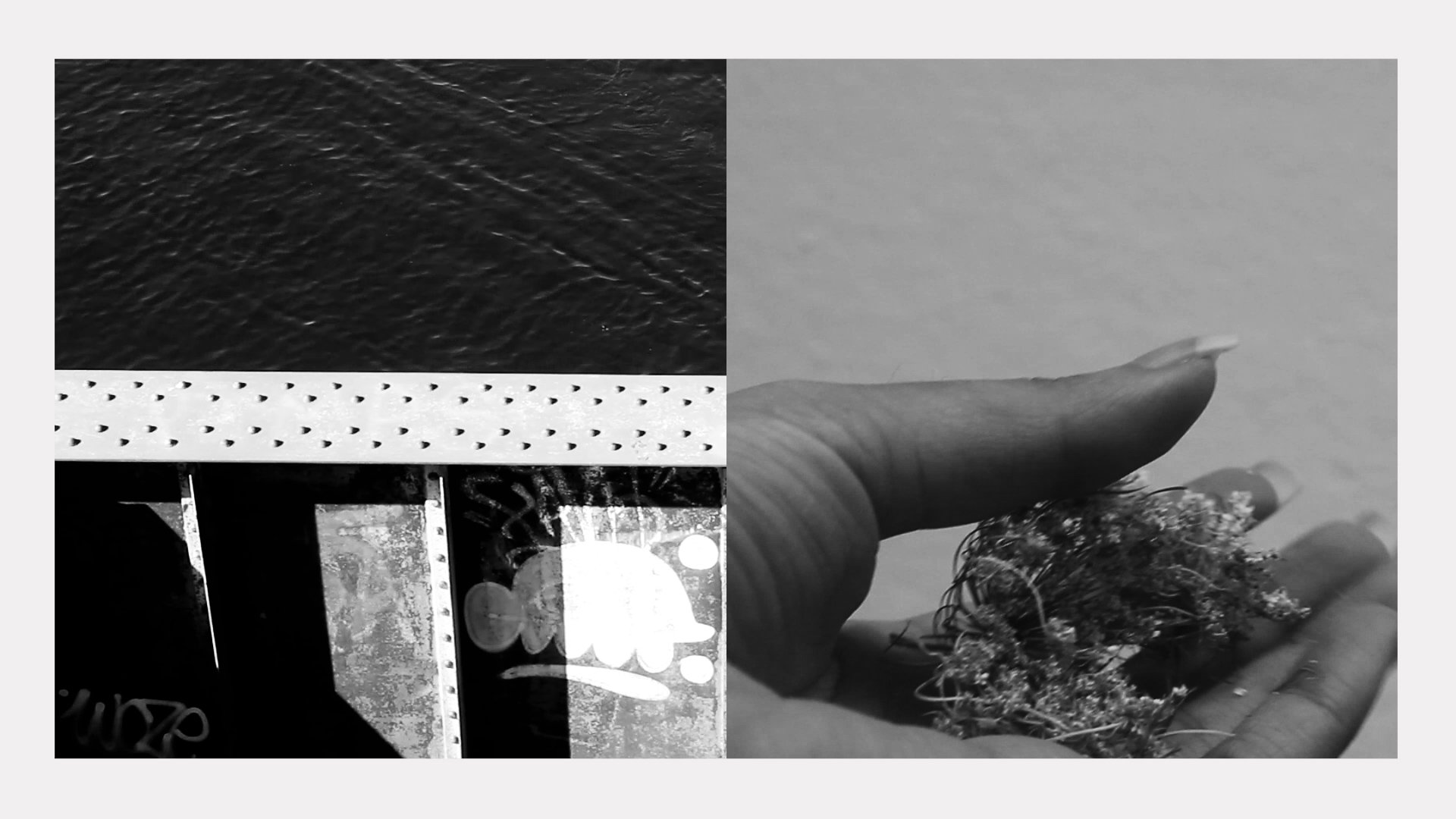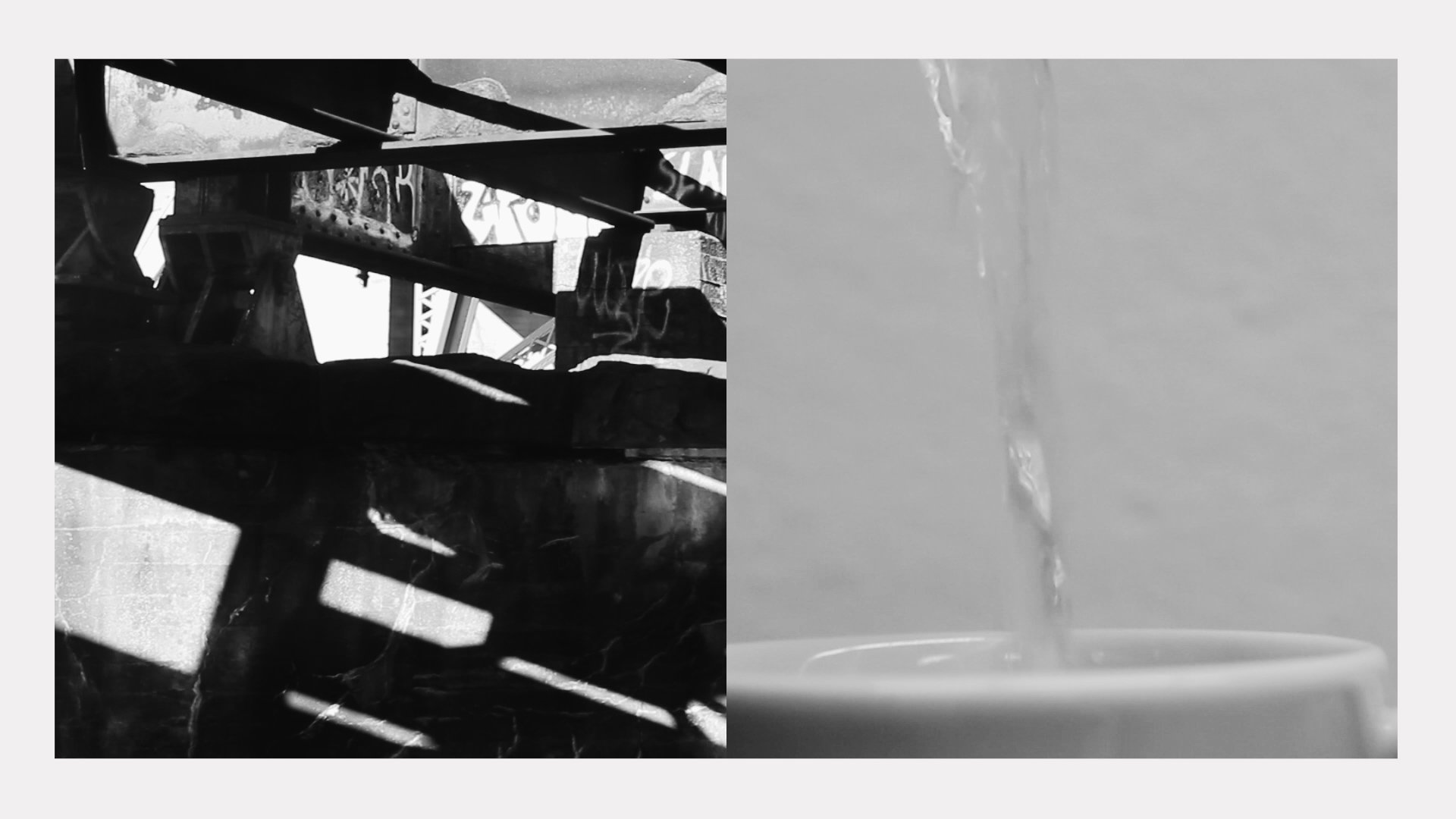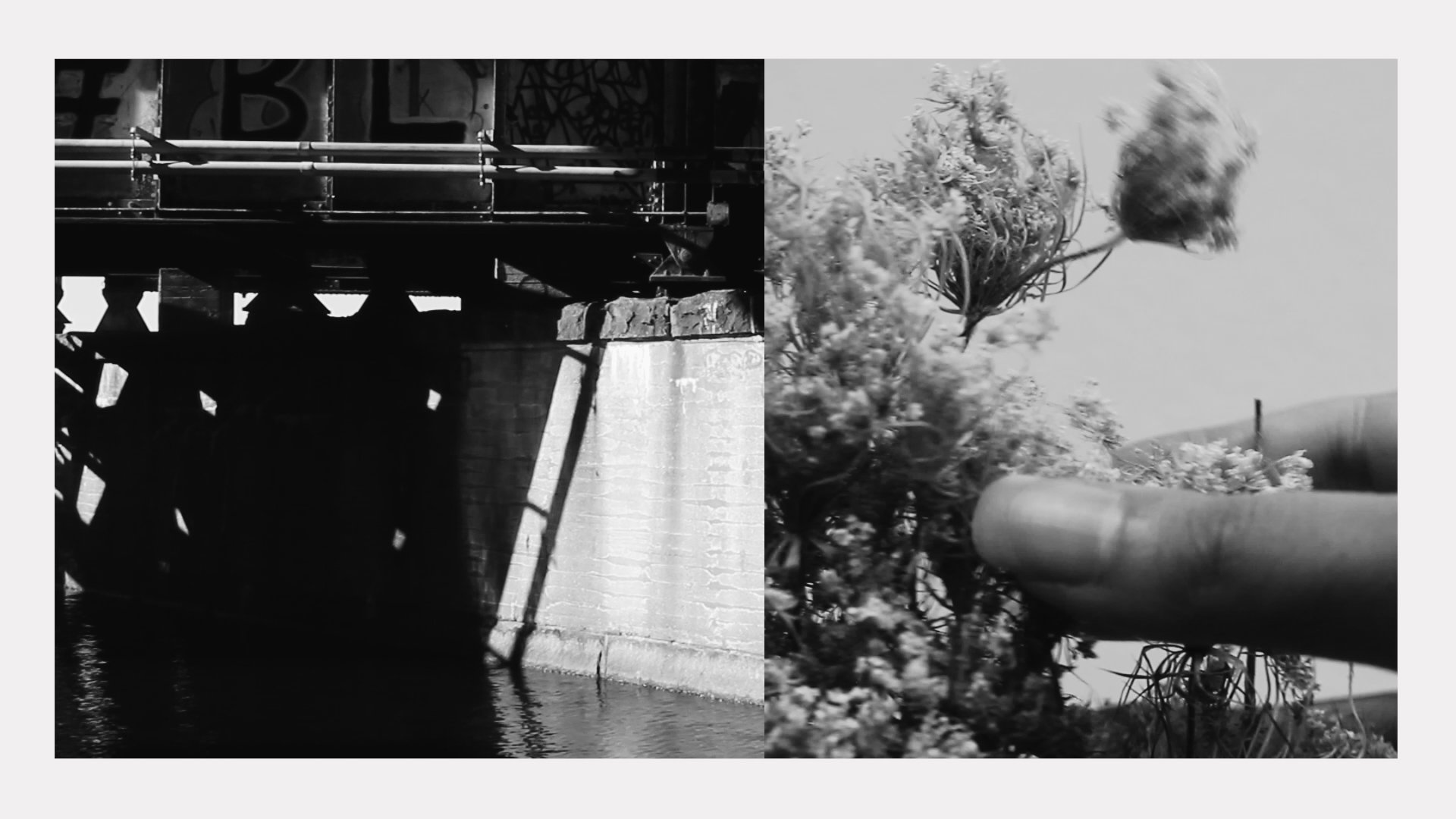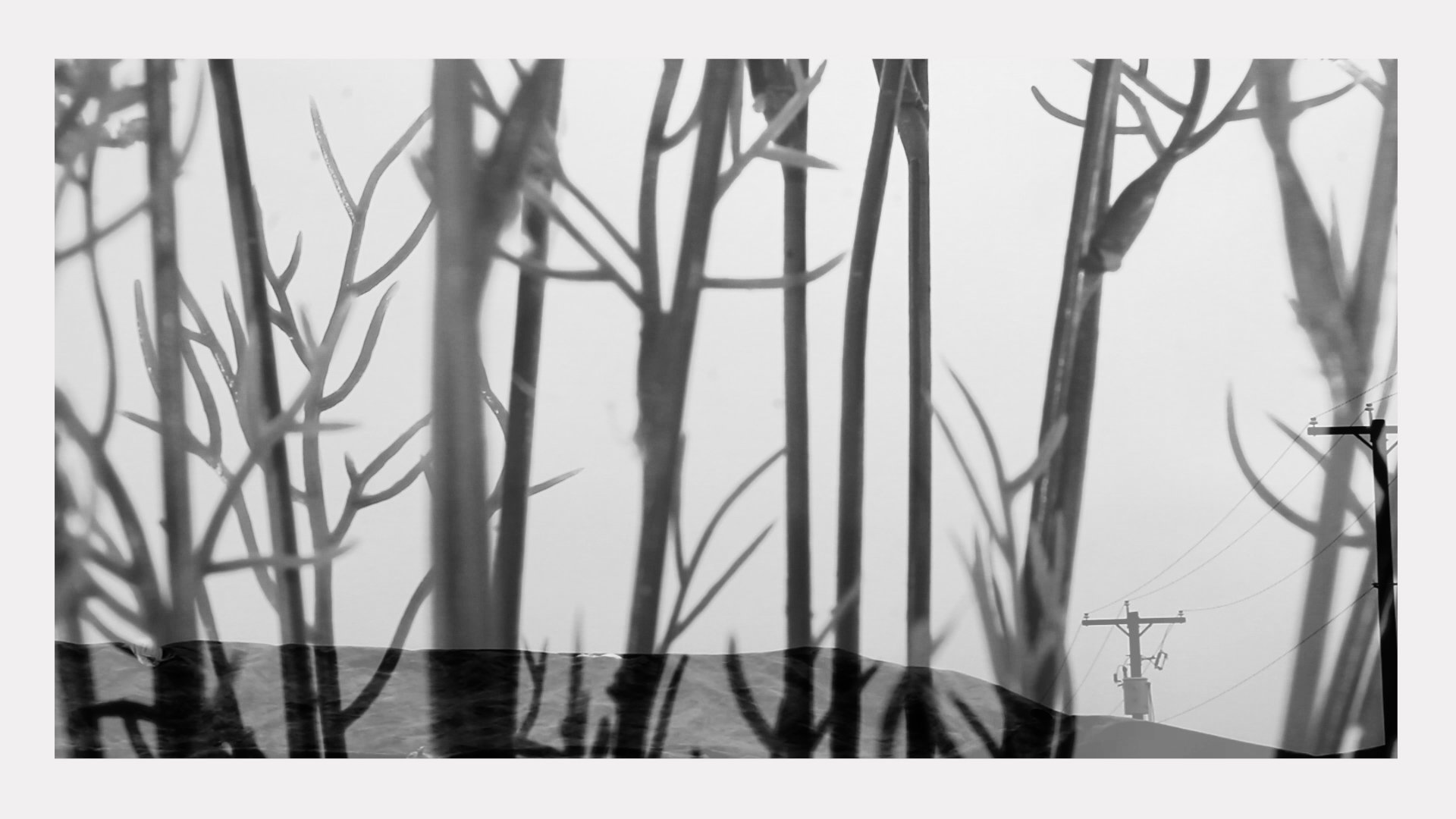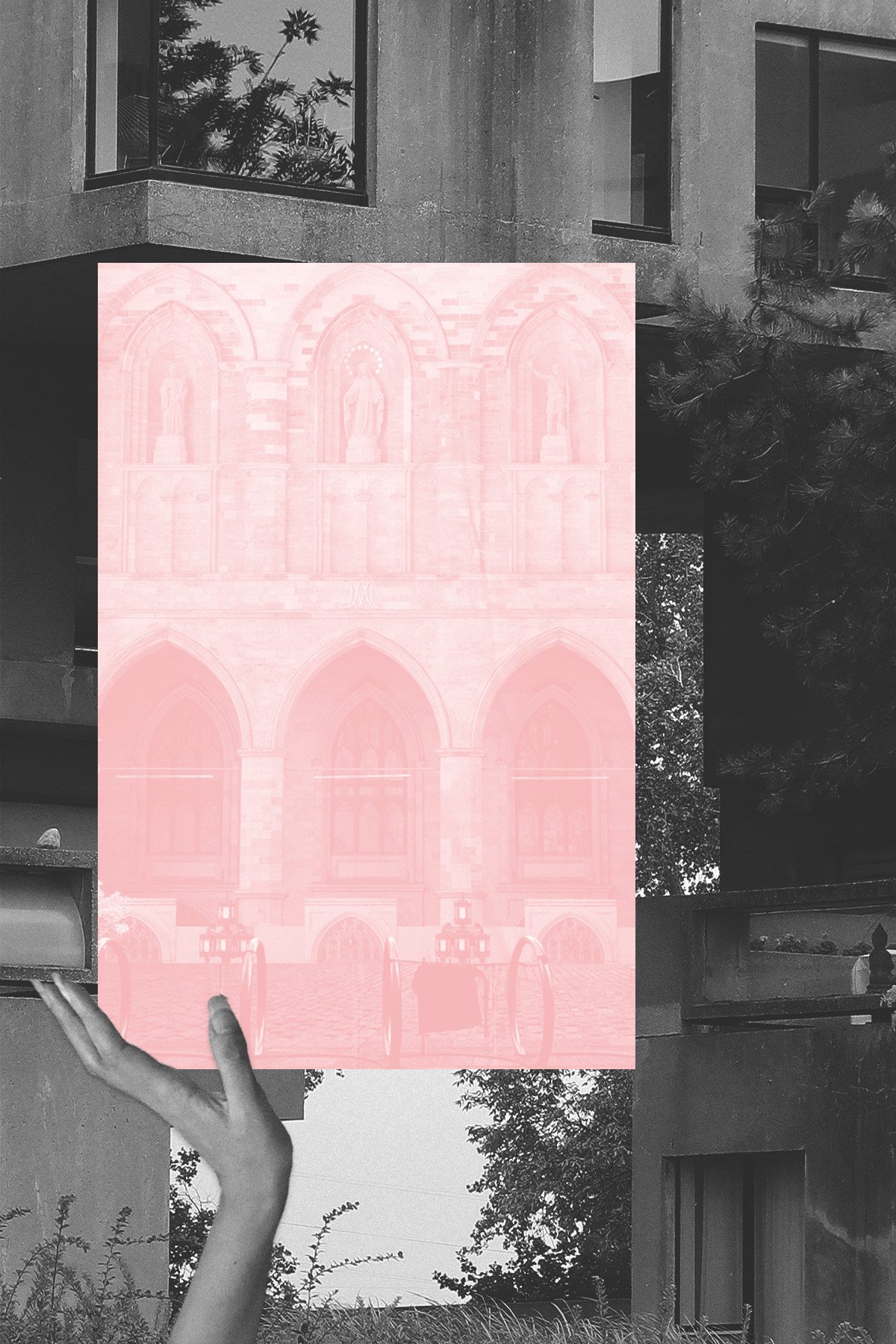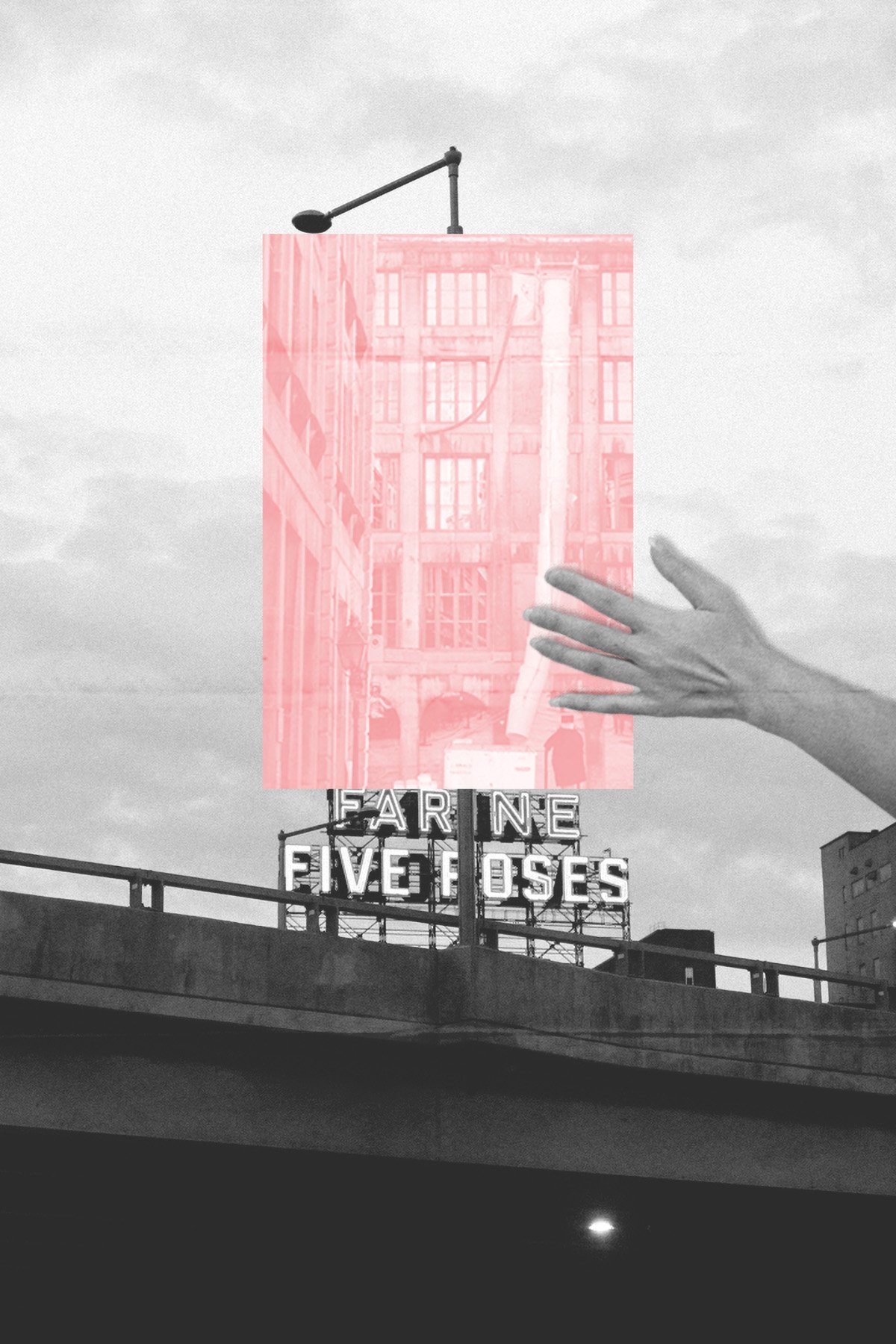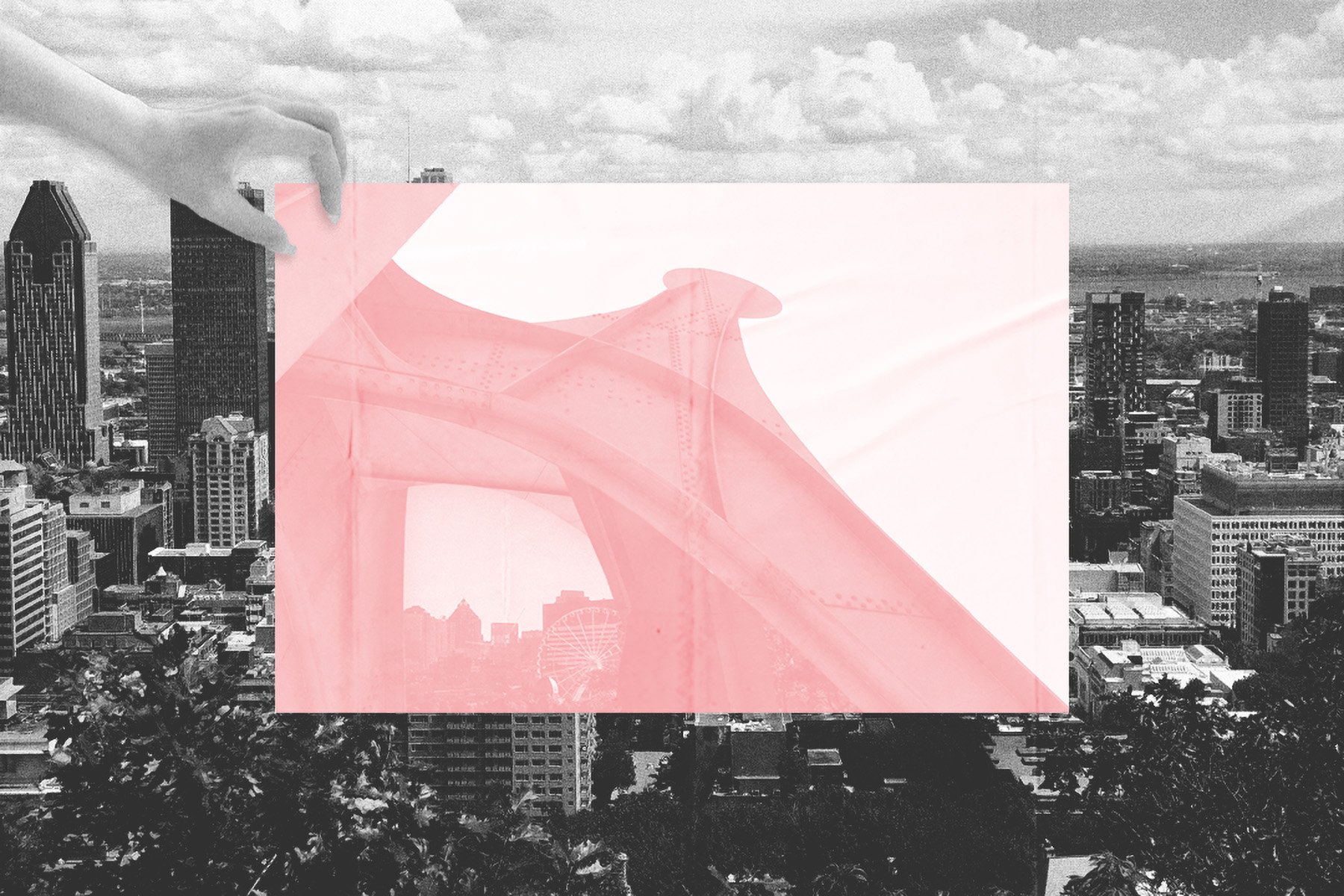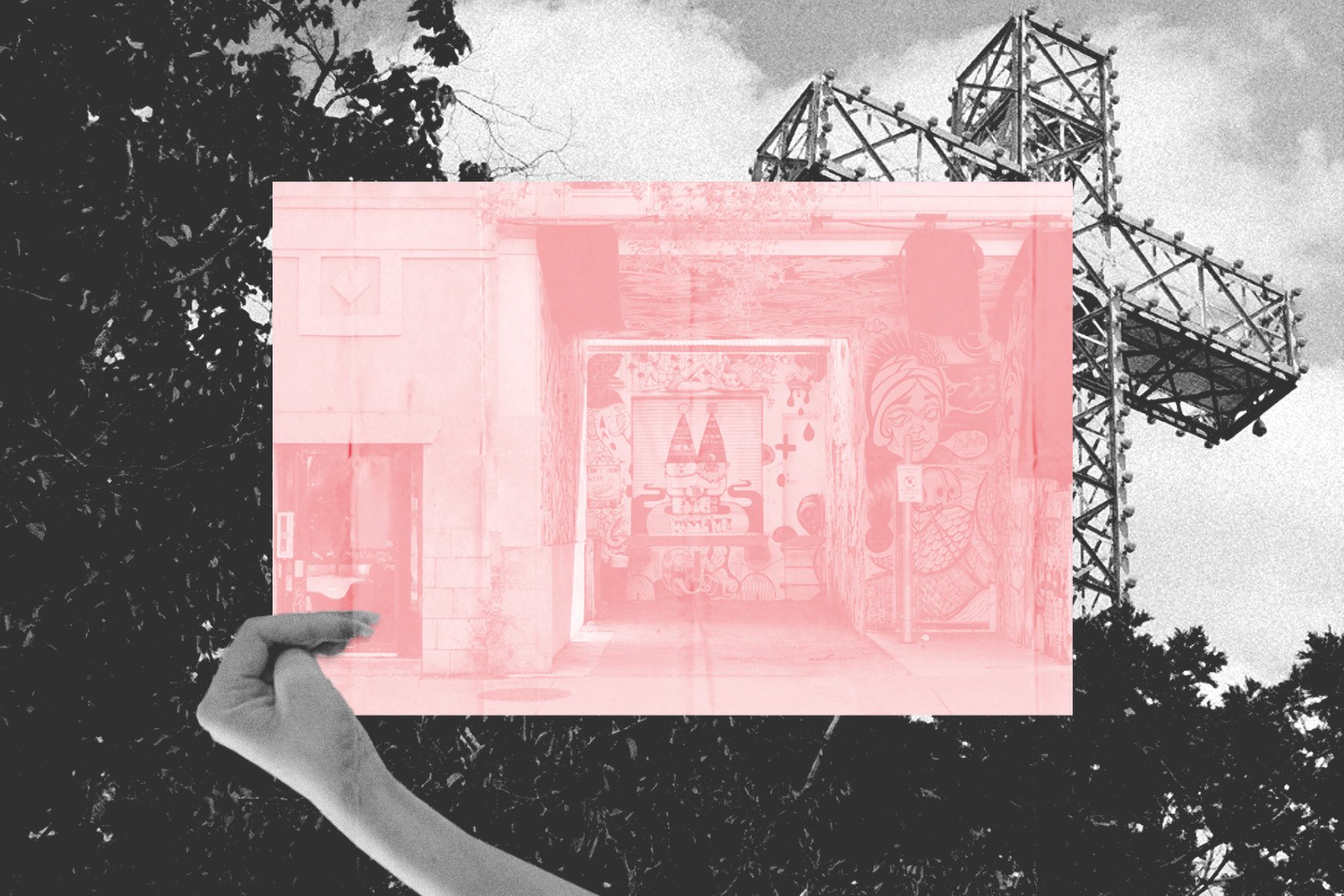Graduate Profile: Design allows Alisha Kapoor to follow multiple interests
Alisha Kapoor is a 2019 Master of Architecture graduate from Oakville, ON, who is exploring diverse interests in arts, science, and health, through the lens of design.
Kapoor worked at architecture firms before deciding in 2021 to continue to pursue her interests at a post-professional level at the Harvard Graduate School of Design. She is now pondering a career in research or humanitarian work.
Her path is an example of how architecture prepares people to apply architectural training, thinking, and skills in many settings, including non-governmental organizations, public service, and innovative ventures.
Alisha Kapoor at Carleton University.
In the interview below, she describes her educational and career path within a field that celebrates her multiple interests.
“Architecture can take on many forms — indeed it is a large, interdisciplinary field — and I promise you will find the appropriate milieu to shape your experience.”
What did you do before the Master of Architecture program at Carleton University?
I was pursuing a Bachelor of Arts and Science at McMaster University. I was interested in the arts (literature, philosophy) and sciences (biology, chemistry, physics, biochemistry, organic chemistry.) Even now, I try to maintain that intersection between health and storytelling, except through a spatial lens.
I wasn't entirely set on a career path, so I opted for an interdisciplinary program with the freedom to explore and maintain any necessary prerequisites for a post-professional program.
What led you to architecture?
I always had a latent interest in architecture and design, though I hesitated to commit to a discipline I knew little about. But after completing my undergraduate degree, I was still not entirely decided on a career in the arts or sciences. With architecture still weighing heavy on my mind, I realized that the curiosity would not subside over time. I owed it to myself to make a genuine attempt despite fearing the unknown.
Above: Images of film work by Kapoor
How would you describe your experience of the three-year Master of Architecture program?
It was both challenging and rewarding. The learning curve proved difficult, considering I had never opened Adobe before, nor could I distinguish a plan from a section.
It took a couple of years to develop an authentic representational style articulated by my interests and not just studio briefs. On the note of studios, I had to acclimate myself to the four-hour structure, three times a week, and overcome my fears of public speaking with each pinup and colloquium.
With time, I managed to develop a cohesive body of work with a clear position, owing largely to my mentorship with faculty members; one of whom advised me to distill my design objectives and stay resolute in the face of external pressures. And it is okay to sift through feedback and take what resonates.
Storyboard image from Kapoor’s work at the Azrieli School of Architecture & Urbanism
Did you do STUDIO FIRST?
Yes, I did during the summer of 2016 as part of my acceptance offer! It was helpful in developing an early representational style and becoming familiarized with the software and studio structure. I also got to meet part of my MArch 1 cohort and some faculty before starting in September, which helped ease the transition and get early feedback.
Section from Gateway Studio (second-year)
Describe your master’s thesis. How did you explore and develop interests which you brought to the program?
Thesis Title: Mending Women's Health through Invisible Quilts
Thesis Abstract: This thesis project sets out to engage and socialize women in Dharavi, India through a two-fold approach; a mobile sewing facility to empower women-led industry and monetize domestic capital outside the home; and a discreet preventative-health laundry clinic inside to help with hygienic practices and counsel during menstruation.
Thesis Advisor: Dr. Federica Goffi
Coming from an interdisciplinary background, I knew my thesis would culminate my interests in health and storytelling. I had a somewhat open-ended research process, collecting articles from different publics and of varying topics. From there, I noted ongoing health concerns impacted by spatial design leading to menstruation and the difficulties of laundering menstrual cloths in highly dense and hyper-visible enclaves.
Beforehand, I had little experience in textile work. However, it felt appropriate to allow the research to inform the representational techniques. It was an explorative process whereby I tested digital embroiders, sewing, screen, and substrate printing, which are now staples in my design approach.
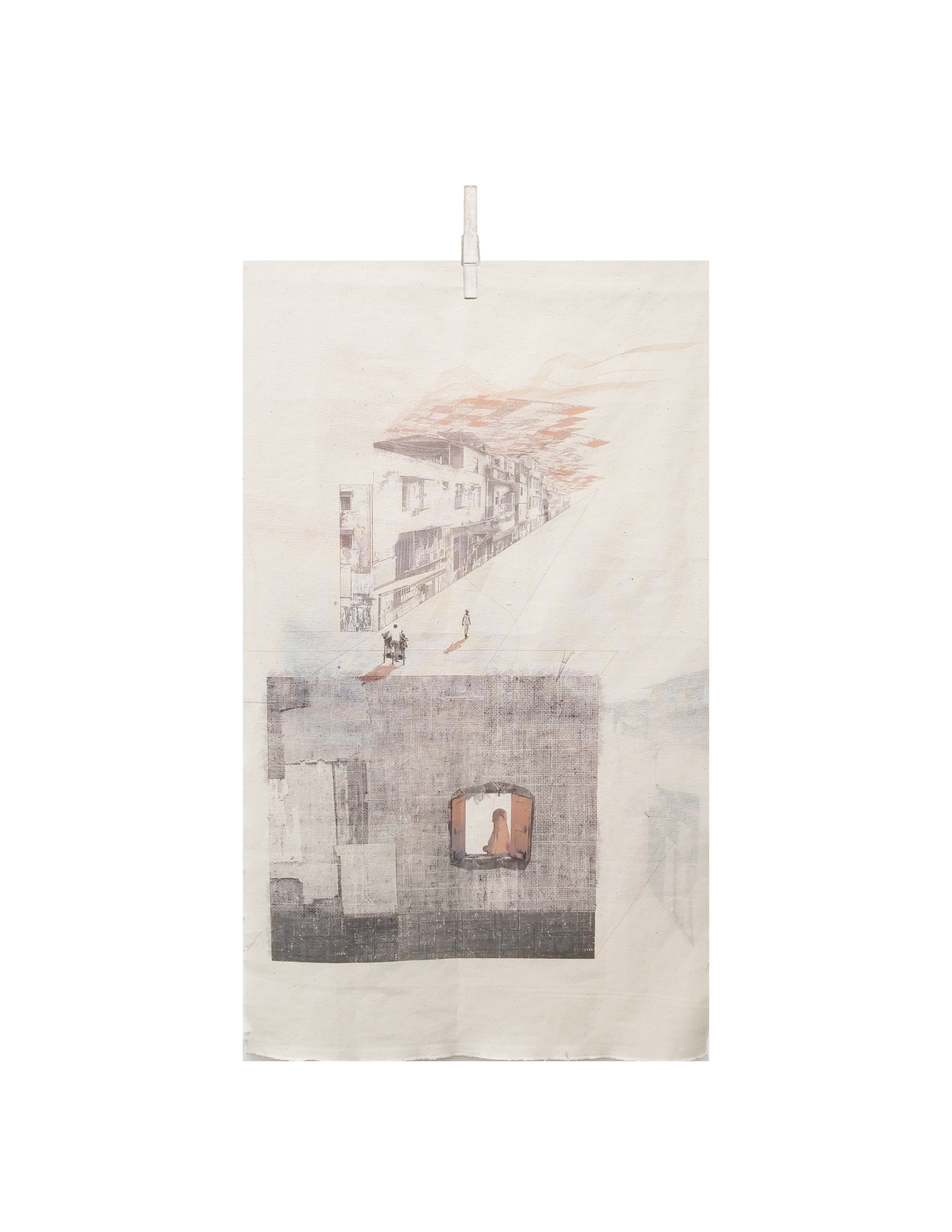
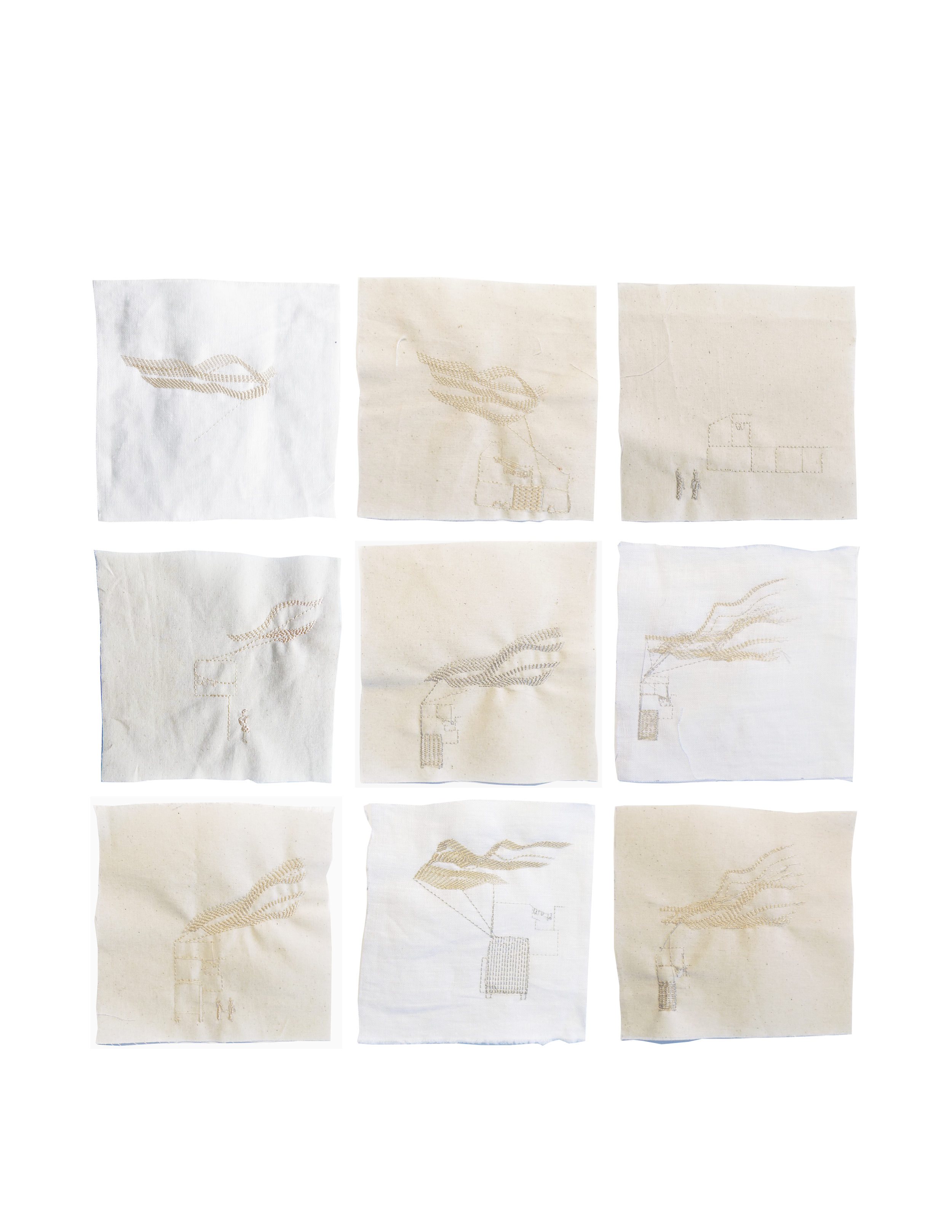
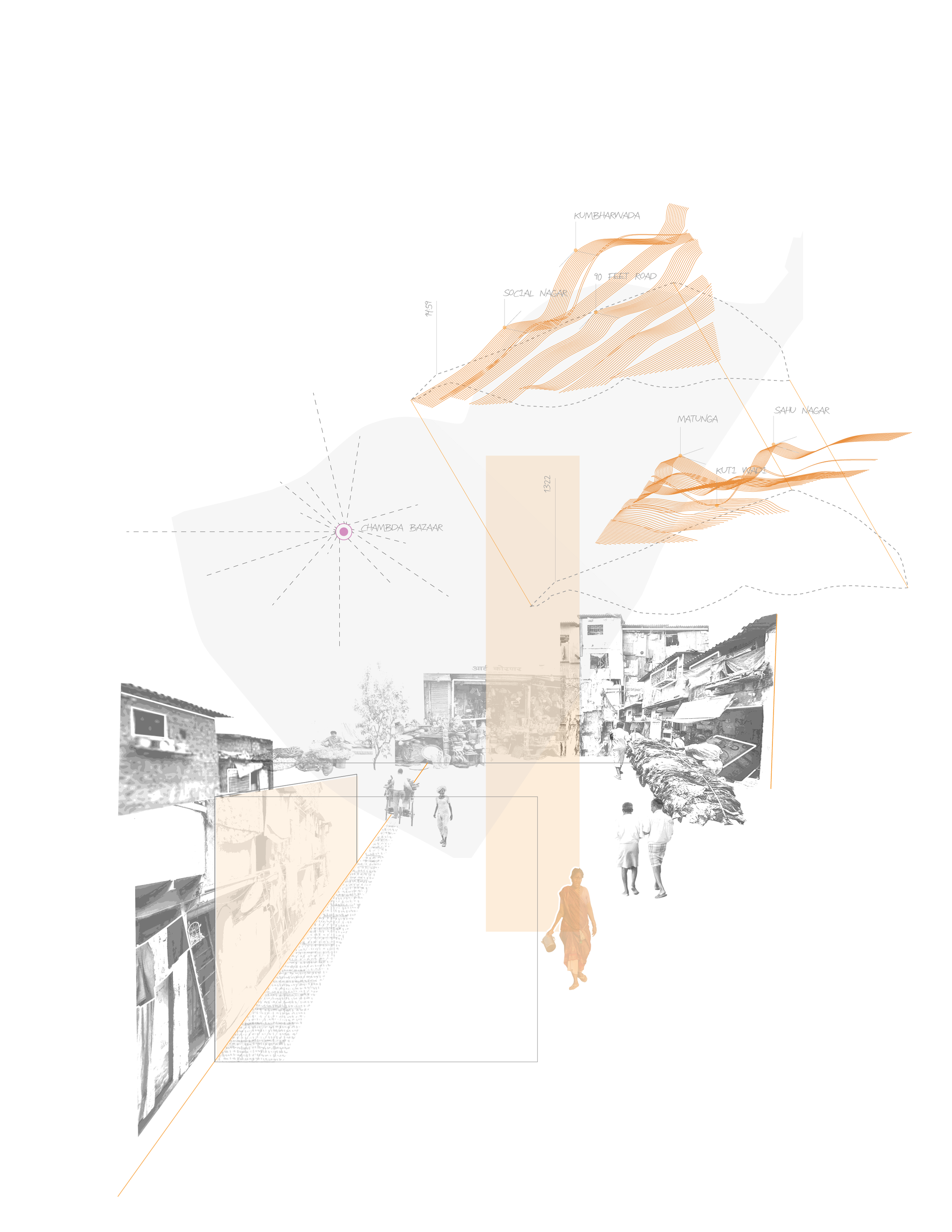
Images from Kapoor’s master’s thesis
What did you do after graduation?
Research Assistant, Summer 2019 — Immediately after graduating, I had the pleasure of working on "Phenomenology of the Road," with Assistant Professor Linda Zhang whom I met at my thesis colloquium. I contributed to her exploration of commemorative practices and computational textiles.
The project is a collection of research, led by professors Zhang and Dr. Biko Mandela Gray, on the commemorative atmospheres of Canfield Drive, the street in Ferguson, MO, where Police Officer Darren Wilson killed Michael Brown.
In this installation, computational textile and 3D scanning were used to investigate the events and conflicting memories that transpire. My role was to translate the previous work done with slip casting to a computation textile, illustrating the slippery quality of memory work, time, and other affective experiences from Canfield Drive.
Intern Architect, J.L. Richards, September 2019 to July 2020 — I worked on commercial interior fit-ups and healthcare facilities and was responsible for millwork design, furniture layout, assembling and presenting design briefs, and led a concessions project.
Designer, Épigraphe, February 2021 to July 2021 — During the mass restructuring brought about by the pandemic, I moved to Montreal, briefly working with the incredible team at Épigraphe. I worked on residential construction and was responsible for unit layouts, millwork details, furniture procurement and layout, and interior finishes.
What was working like?
Other learning curves come with new software, client interactions, and drawing conventions, along with managing expectations from academia to practice. However, being given creative control to design spaces for real-life occupancy is an equally exciting and surreal feeling.
What are you doing now?
I am enrolled in a Master in Design Studies program at Harvard's Graduate School of Design, completing my final semester. I felt as though I needed more academic training and time in design studies, especially with precedent research and architectural history. I also wanted to learn from another design school to experience varied pedagogical approaches.
At present, I am developing a public initiative through the MDes Research and Development Award titled “Souvenirs in Situ” that captures Montreal’s most iconic landscapes through a series of public clotheslines. Hanging from these clotheslines are religious garments, including a niqab, abaya, and hijab scarf, framing a counter-memory to the province’s hegemonic powers that uphold Bill 21.
The clotheslines are filmed, photographed, and then made into postcards, a medium emblematic of tourism, to re-contextualize the city’s constructed image and subvert the scales of visibility vis-a-vis institutional secularism and clothing.
Images from Kapoor’s “Souvenirs in Situ” project at Harvard Graduate School of Design
What kind of a career do you imagine for yourself?
I imagine working in architecture in some capacity, though perhaps not through conventional means. I hope to position myself more in research or possibly join an innovation lab with humanitarian initiatives.
What would you tell people thinking of making a major pivot?
Go for it! You may endure moments of discomfort but do not underestimate your capabilities to overcome and persevere. Trust your intuition that may be nudging you to a new career path throughout the process, and assert your voice. Architecture can take on many forms — indeed, it is a large, interdisciplinary field — and I promise you will find the appropriate milieu to shape your experience.

